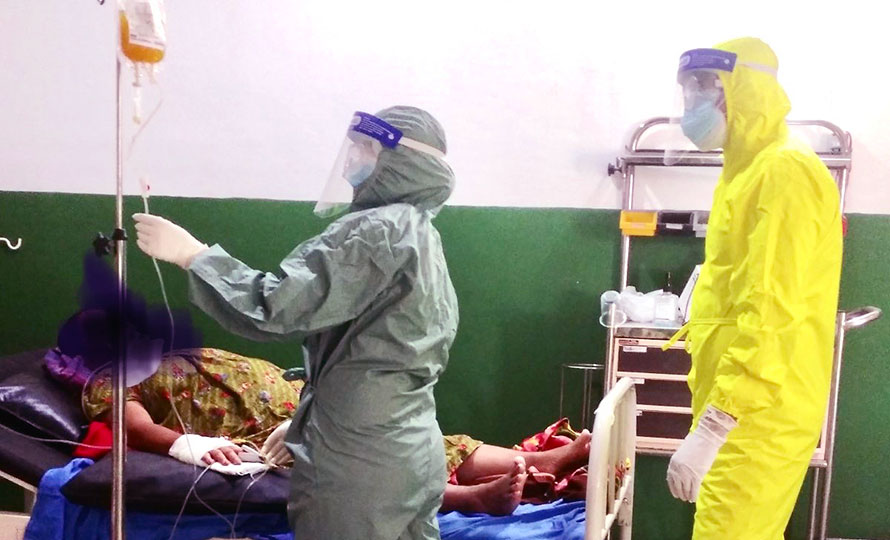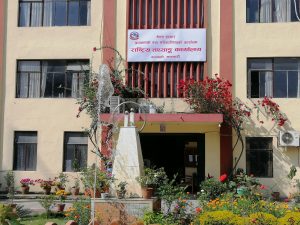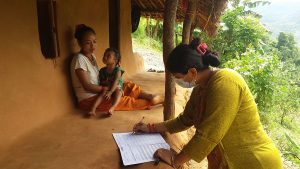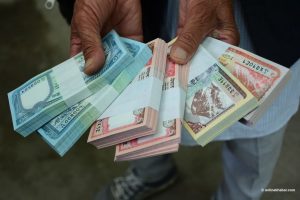In August 2020, for the first time in Nepal, a 60-year-old man was treated with plasma therapy for Covid-19, at the Tribhuvan University Teaching Hospital in Maharajgunj, Kathmandu. After he became free from the coronavirus infection, interest in plasma therapy began to grow in Nepal as well.
The population of people receiving and giving plasma started growing thicker. Simultaneously, in various hospitals of Nepal, plasma therapy began for Covid-19 patients.
Soon after, in August itself, a Plasma Bank was set up in Nepal to collect the plasma units from Covid-19-recovered patients. The Lions Club and the Rotaract Club have supported the drive, with previous experiences of running the hotline for blood bank even before the Covid-19 pandemic.
At present, a Facebook group is in operation to connect the plasma donors and receivers. This is a non-profit campaign, being operated in joint efforts of Life Bank, Lions Club, Rotaract Club and Hami Nepal, says Life Bank’s Project Manager Shrishti Piya.
But Piya says, even though the interest has been skyrocketing since August last year, it is difficult to collect plasma units because they are not in contact with the infected. They also lack a working mechanism to know when the infected get released from the hospital, she adds.
Rise and fall and rise in the numbers

In October 2020, a total of 234 people requested the banks to find plasma for them, which is the highest monthly count the bank has got. It could not meet the demand but did whatever it could.
From the next month onwards, the number of coronavirus infections cases saw a steady decline and so did the demand for plasma. And, there was not much demand till January 2021.
But, after that, the demand gradually increased. There is more demand for plasma in the second wave of the epidemic, says Piya.
Till the end of April, there were only up to three or four daily requests for plasma. But, starting May, the demand has surged to 20-25 units of plasma daily, informs Piya. “On the first three days only, there was a demand for 47 plasma units.”
Donor-receiver imbalance
“But, the number of plasma donors is still very low,” she adds.
“Looking at the ratio of donors to requests, it is 1 is to 10. We do not have reliable data on coronavirus infections and, with the lockdown in place, it has made it more difficult to find plasma donors,” says Piya.
So far, 533 requests for plasma have been made under this campaign. Out of that, it has managed to provide only 150 units, says Piya.
How effective is plasma therapy anyway?
According to virologist Dr Sudip Khadka, a clinical trial of plasma therapy was conducted at the Mayo Clinic in the United States of America. It concluded that plasma has enough level of quality antibody for people to fight against the Covid-19. So, if the plasma with a certain amount of antibody is used, it is helpful in the early stages of the treatment.
The regulatory body, the Food and Drug Administration (FDA) of the USA, has said that plasma therapy should be used only in appropriate cases with a complete record and studying the antibody, just like in the clinical trials. It also recommends pooling of the plasma units to bring uniformity in treatments.
It means the practice of extracting plasma and giving it to the infected for treatment, as practised now, is by no means scientific.























